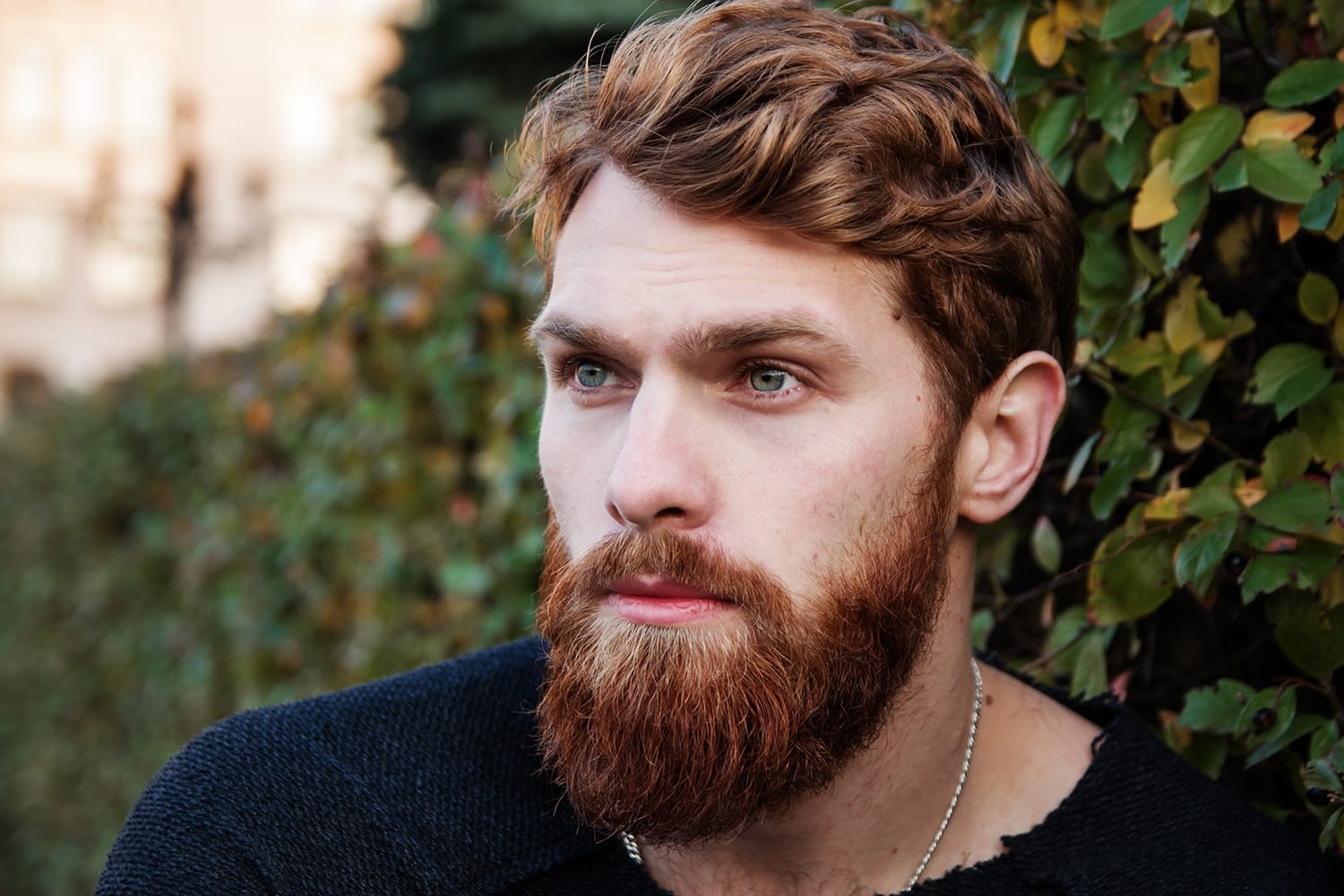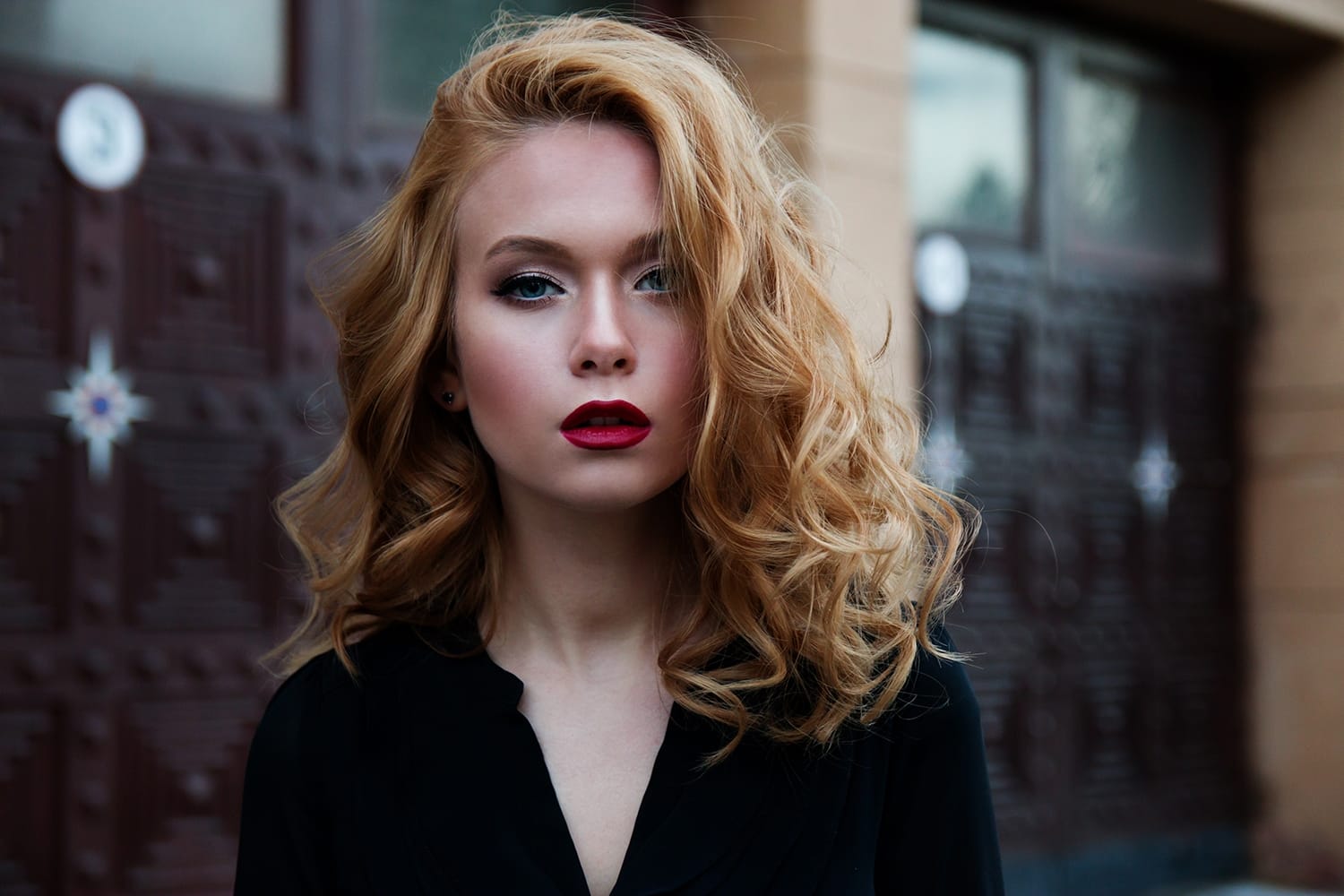What Shooting From Different Angles Means for Your Photograph
Angles are factors that impose a great deal of impact in photography. The slightest or seemingly subtlest change to the direction from which you shoot your subject makes all the difference in the outcome.
In fact, even an elementary adjustment to your shooting angle can change up the entire mood and vibe of your photograph. So pay attention when you’re framing your subject! Technique counts, especially in this case.
To make an analogy… think of your shooting angles as similar to a movie’s dialogue. The dialogue explains in very verbal and obvious ways who the specific characters are and what motivates them. In photography, you don’t have this luxury, but you can still accomplish the same kind of communication about your subjects based on how you shoot them.
Let’s look at the various ways that shooting from different angles impacts your photography.
The Point-of-View Angle

This might be a slightly misleading term, as you’re not looking at the scene from the eyes of your subject. Instead, point-of-view is a reference to a subject who seems to be looking at someone else… standing right beside or behind you (whom the viewer doesn’t see, of course).
In this horizontal shot, the shot will appear as though it’s taken somewhat to the right or left of your subject. Angles of this nature create an interesting, psychological effect on the viewer because the subject isn’t making eye contact with you (they’re not looking directly at the camera). As a result, it almost feels like you the viewer are observing the scene without the subject really noticing you, thereby creating a somewhat voyeuristic and invisible-observer dynamic!
Definitely an interesting shot.
The High Angle

As the name implies, the high angle is a shot taken when the lens is looking down on your subject, for the most part, right above eye level. Because the subject is looking up at the camera and the viewers, it puts them in a subordinate position in psychological terms.
As a result, the high angle is used to give subjects a more innocent or innocuous look, almost as if they’re a small child looking up at the adults. With this in mind, if you want to give your subjects a sympathetic appearance or otherwise attempt to gain some sympathy for them, it’s a good way to go.
Of course, there are limits to how effective this shot can be at achieving this impression for your subject. If, for example, your subject is a 300-pound weightlifter who looks as though he’s able to bench-press the entire world, then even a high-angle shot may not be able to work its magic. On the other hand, the high angle could still work in this scenario if you’re going for a more comical look for your weightlifter subject!
After all, the juxtaposition between the high-angle shot trying to create a feeling of innocence or defencelessness for a huge weightlifter who is, by nature, fierce and powerful, lends itself to caricature.
The Low Angle

The counterpart to the high angle, the low angle is used to make your subject look more commanding than he really is. Shooting subjects from below makes them look down over the audience, thus creating a sense of intimidation, control and authority.
This is the shot to use if you want to make your subject seem like he looms large and is even a threat or someone with whom to be reckoned.
Think of your favorite movies: The villains, especially in fantasy or science-fiction genres, are usually shot from below to make them seem like more of a threat. Take the villain Xerxes in the gory and artsy historical-fiction movie 300. He’s said to be a god among men, which also emphasizes his position as the king of the Persians, so he’s often shot from the low angle.
The Level Angle

Put plainly, the level angle is what you’d expect if you were talking to a person face-to-face. In this shot, the subject is at eye level with the camera and audience. Since this is the natural way to look at people, it’s the angle that lets us see the subject in the way closest to real life.
In psychological terms (are you following yet on how changing angles closely impacts perception?), a photo shot at a level angle puts the viewers on equal footing with the subject. In other words, you’re not feeling inferior or superior to the subject, but as though you’re his peer.
For photographs like this, the photographer would sit down to snap away at a subject who’s sitting, stand eye-to-eye with them when they stand, etc. The beauty of this angle is that it makes viewers feel like there’s actually not angle at play here–it’s that natural.
The Side Angle

With this shot, the camera is off to the side of the subject, but his body is turned away. The side angle can work in one of two ways:
- The subject is not looking at the camera
- The subject has his head turned to look at the camera
Psychologically speaking, a subject not looking at the camera, shot from the side, can make the viewer feel as though he’s voyeuristically observing the subject without being noticed. If the subject does look at the camera and has his head turned, it can create the impression that he’s only just noticed you or is intently studying you.
Different Angles; Different Feelings
By now you know without a shadow of a doubt that small changes to angles in your photograph have powerful, psychological effects in how your viewers interpret your snapshots. The same rules that essentially govern in-person vibes and moods carry over to photographs based on whether or not the subject is looking right at the camera, off to the side, or is photographed from the side, above or below.
By experimenting with camera angles and your subjects, you can swiftly bring powerful, psychological changes in mood and effect in your images. As a result, you can make even more mundane shots of people a lot more interesting and gripping.
